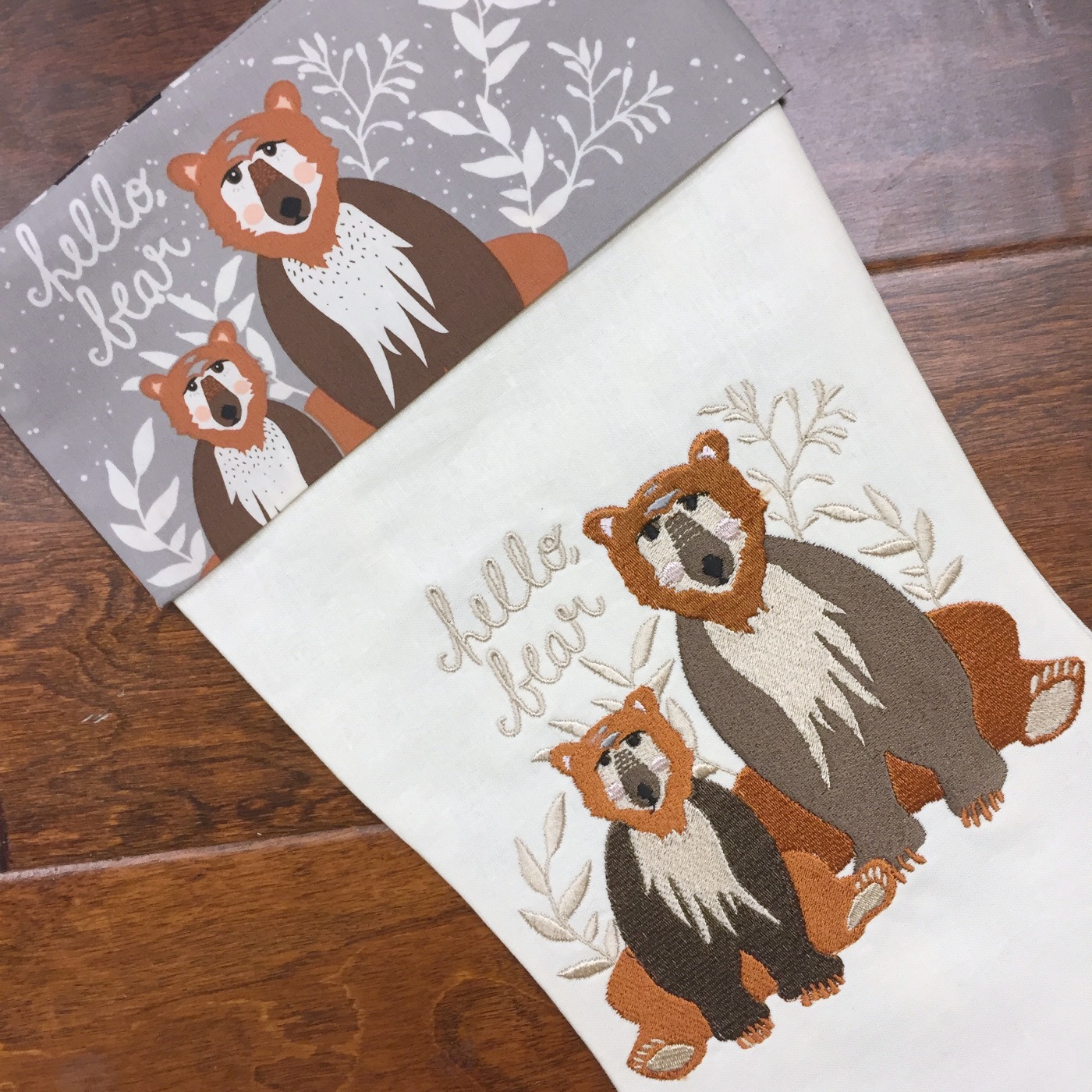Our local Modern Quilt Guild offers a challenge each month and last month they decided it was time for an Alison Glass Ex Libris challenge. One of Alison's prints included a circular rainbow colored menagerie of florals and insects, and it was this print that was chosen by the guild to use as the challenge fabric.
I posted in a former blog post about how my no-baste method for making the hexagons. The fabrics used are Modern Solids from In the Beginning Fabrics for the hexies, using a precut collection of 5" strips that included all but two of the colors I needed.
The hexagons are hand applique´d in the border (which is, by the way, Jen Kingwell's fabric) and placed close to the corresponding color in the Alison Glass print.
For the quilting, I chose to echo quilt in a hexagon shape, which was a little more challenging than the circular design I had originally thought of stitching. First, I traced the hexagon paper used to make the hexagons in the center of the quilt. In order to pivot at each angle correctly, I drew three straight lines that intersected in the center and ran through the angles of the hexagon. In the photo below, the lines are highlighted in white.
Stitch the center hexagon first, then begin to angle, or taper, your stitching line to reach your desired distance between rows. (After the first or second go-around, you won't need to taper your stitches.) When you reach a drawn line, lift your presser foot and pivot, lining up the stitch path with the side of the hexagon. You can see my blue marker line in the three photos below. Raise your foot and pivot every time you reach a drawn line!
Guess what? My Baby Lock's guide beam helped me tremendously with this task! In the video below you can see that the red beam of light tracks directly in front of the needle, making it easy to stitch straight and evenly! I love the look of hand guided quilting, so I didn't really care for all my lines to be exactly the same distance apart. (Didn't want you judging me on that...) The pivot lines make the overall effect pleasing, so I'm happy!
When quilting angles, drawing pivot lines is important, and works with any shape you need to echo! Try it the next time you want to quilt something a little more challenging than a circle!
I took all the pictures of this little quilt at my daughter, Becky's, house. She had so many neat vignettes that I couldn't decide which pictures to use, so I used them all!
Thanks for visiting! Happy Sewing and God bless! Maxie























